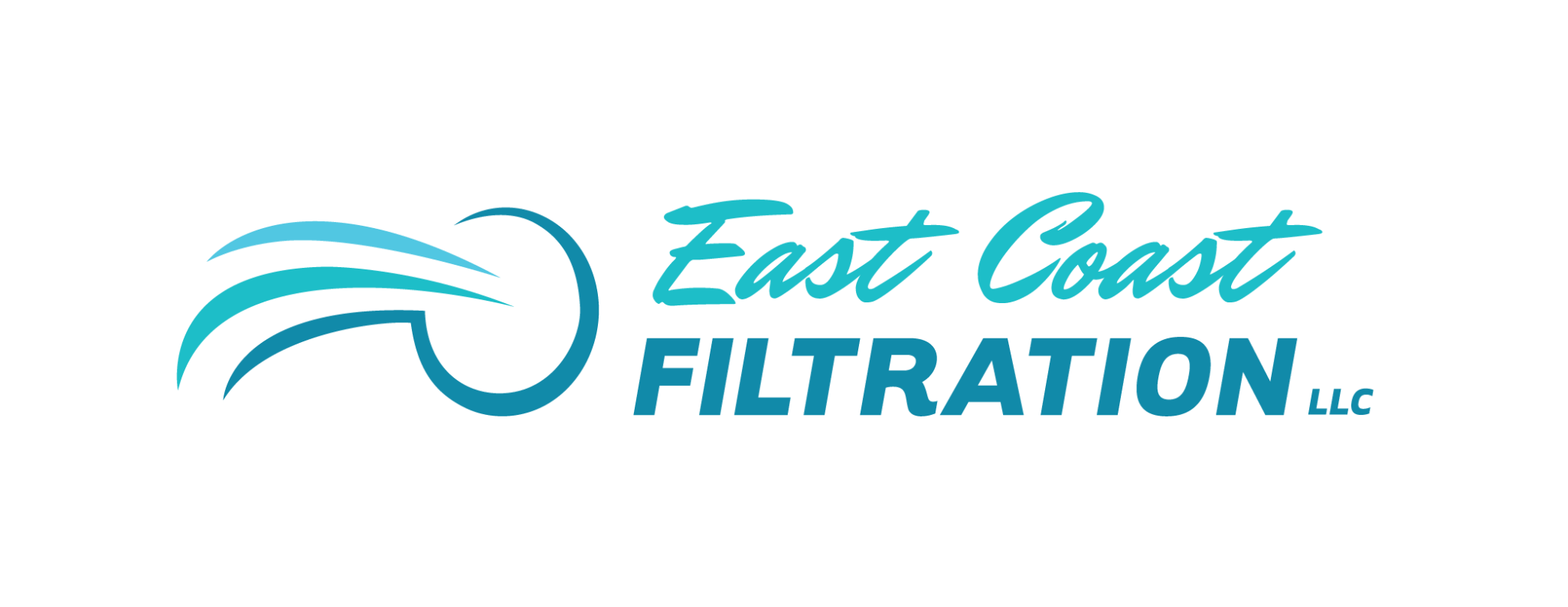In any industry or application where painting is involved, whether it’s automotive, furniture, industrial machinery, or construction, the importance of effective paint filtration cannot be overstated. Proper practices ensure that the paint used in these processes is clean, free from contamination, and capable of providing the desired finish. However, neglecting to use effective paint filtration products can lead to a myriad of problems that not only affect the quality of the finish but also impact the overall efficiency and economics of the operation. Here’s a closer look at what can happen if you do not invest in effective paint filtration.
1. Contaminated Paint
One of the most immediate consequences of inadequate paint filtration is the introduction of contaminants into the paint. Particulate matter, such as dust, dirt, and even chemical impurities can find their way into paint recipes. When these contaminants are present, they can affect the paint’s consistency, leading to uneven application, clumping, and a gritty finish. This contamination compromises the aesthetic quality of the paintwork and can result in a less satisfying end product.
2. Poor Finish Quality
In industries where appearance is paramount—think automotive, furniture, or decorative applications—a poor finish can be disastrous. Contaminants in the paint can lead to imperfections such as orange peel, streaks, or bubbles. These defects not only diminish the visual appeal of the product but can also tarnish the brand’s reputation. Customers expect a flawless finish, and failing to deliver this can result in complaints, returns, or even loss of future orders.
3. Increased Rework and Downtime With Poor Paint Filtration Products
Paint filtration issues rarely remain isolated. When a batch of paint is contaminated, it often means the entire painting process may need to be repeated to achieve the desired finish. Rework leads to unnecessary downtime, wasted materials, and increased labor costs. In a manufacturing environment, this can disrupt production schedules and can have a ripple effect throughout the entire operation, leading to delays and reduced customer satisfaction.
4. Equipment Damage
Paint filtration is not just about protecting the quality of the finish; it’s also about safeguarding the equipment used in the application process. Contaminants can build up in spray guns, hoses, and nozzles, leading to clogs and malfunctions. This can exacerbate maintenance issues, resulting in costly repairs or even the need to replace equipment altogether. Regular maintenance becomes more frequent and expensive when proper filtration is not in place.
5. Increased Costs
While it may seem tempting to cut costs by foregoing effective paint filtration products, the reality is that this short-sighted approach can lead to increased expenses in the long run. The costs associated with rework, equipment repair, and wasted materials can quickly outweigh any savings gained by avoiding filtration. Furthermore, if a contaminated paint job leads to customer dissatisfaction, the financial implications can spiral even further due to loss of business, refunds, and potential legal ramifications.
6. Health and Safety Risks
While the focus is often placed on the aesthetic and economic implications of inadequate paint filtration, there are also potential health and safety risks to consider. Contaminated paint may release harmful particles or volatile organic compounds (VOCs) into the air during application, which can pose health risks to workers. Proper filtration products help in minimizing these risks by ensuring cleaner application processes and reducing harmful emissions. A safe working environment is critical for maintaining employee morale and retention.
7. Environmental Impact
In addition to direct health risks, failing to use effective paint filtration can lead to environmental concerns. Excess paint, overspray, and contaminated runoff can have detrimental effects on the surrounding environment. Proper filtration systems help contain and minimize waste, supporting more sustainable practices in painting processes. Companies that prioritize effective paint filtration contribute positively to environmental conservation efforts and meet increasingly strict regulatory requirements.
Strong Paint Filtration Products Save The Day
The importance of effective paint filtration cannot be overstated. Neglecting this critical aspect of the painting process can lead to a cascade of issues, from contaminated paint and poor finish quality to increased costs and potential health risks. Investing in proper paint filtration products safeguards the quality of the finish, prolongs the life of equipment, and ultimately bolsters a company’s reputation. In today’s competitive marketplace, ensuring that every product has a flawless finish is crucial for success. By recognizing and addressing the need for effective paint filtration, businesses can avoid the pitfalls associated with contamination and maintain the highest standards in their operations. Ultimately, making this investment pays off substantially, ensuring quality, efficiency, and customer satisfaction.
Contact us for the best paint filtration products
Looking for the best paint filtration products out there? Visit our list of products or visit Lakos.com!

